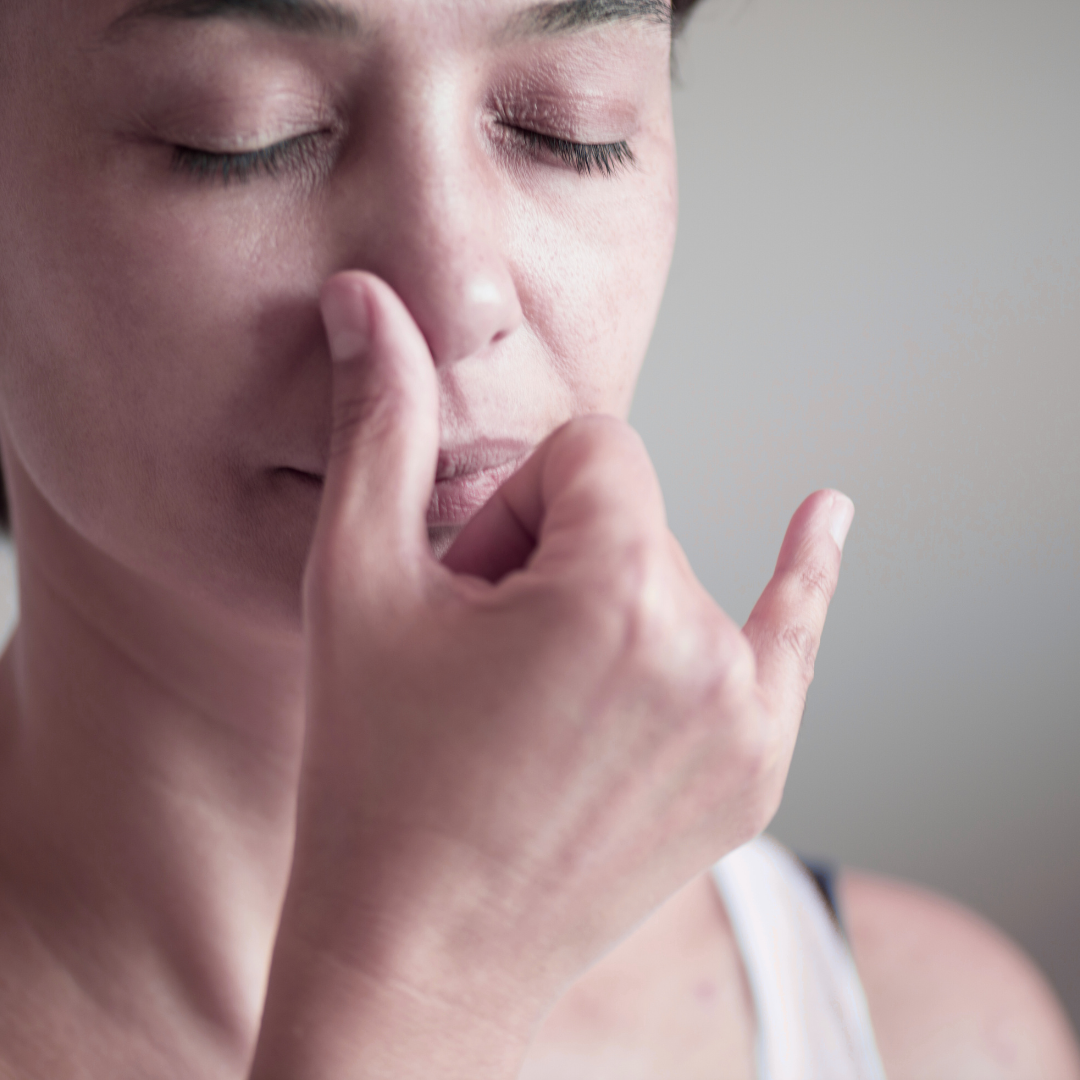How to Test Your Cortisol Rhythm at Home (And What It Tells You)
A healthy cortisol rhythm peaks in the morning and tapers off at night. When that pattern is off, your energy feels unpredictable.
If you wake up tired, hit a wall mid-afternoon, or get a burst of energy late at night, your stress hormones may be out of sync. Cortisol—the body’s main stress hormone—has a natural rhythm that helps you feel awake during the day and allows you to rest at night. When that rhythm is disrupted, your body feels off balance.
The good news: you can measure this pattern at home with simple test kits.
Why Your Cortisol Rhythm Matters
The daily cortisol rhythm explained
In a healthy stress system, cortisol rises quickly in the morning to help you wake up. It gradually tapers off as the day goes on, reaching its lowest point at bedtime. This curve supports energy during the day and calm at night.
When that pattern flattens, stays high, or flips upside down, your body stops receiving these signals. You may feel sluggish when you should be alert and restless when you should be sleeping.
Signs your rhythm might be off
If your cortisol rhythm is disrupted, you may notice:
Persistent fatigue despite getting enough sleep
A second wind at night when you’re trying to rest
Waking up at 2 or 3 a.m. and struggling to get back to sleep
Difficulty focusing or sudden mood changes
Cravings for salt or feeling shaky when stressed
“Saliva tests show four cortisol points throughout the day, while the DUTCH Complete also measures hormone metabolites for deeper insights.”
At‑Home Cortisol Testing Options
There are several ways to check cortisol, but at-home test kits make it easy to see how your stress hormones are behaving without spending hours in a lab.
Saliva tests – the gold standard for patterns
Saliva kits measure cortisol at four key points during the day:
Upon waking
Midday
Late afternoon
At bedtime
These samples create a clear picture of your daily rhythm. You simply use a swab, place it in your mouth for a couple of minutes, and send it to the lab.
DUTCH Complete – the most advanced urine test
For a deeper look, many practitioners recommend the DUTCH Complete test (Dried Urine Test for Comprehensive Hormones). This test is different from a basic 24-hour urine collection.
With the DUTCH Complete, you collect four to five small urine samples on filter paper at specific times over a 24-hour period. These samples dry and are mailed to the lab.
This test not only shows the pattern of free cortisol across the day, similar to saliva, but also measures cortisol metabolites and other hormones. That extra detail can explain why symptoms are present even when basic cortisol levels look “normal.”
Unlike older urine tests that require collecting all urine for 24 hours, the DUTCH Complete is clean, simple, and much easier to do at home.
Preparing for Accurate Results
Before the test
Avoid strenuous exercise the day before
Keep your usual bedtime and wake-up times
Avoid using steroid creams or medications that could affect cortisol if your provider advises
During sampling
Follow the instructions carefully. Collect each sample at the specified time, let it dry completely, and record the exact times on the form.
After collection
Mail the samples to the lab promptly. Because the samples are dried, no refrigeration is required.
Interpreting Results and Next Steps
Understanding patterns
Results from a DUTCH Complete or saliva test typically show:
Healthy pattern: Cortisol peaks strongly in the morning and slowly falls.
High cortisol: Often seen in prolonged stress.
Low cortisol: Can suggest an overworked stress system.
Flat pattern: No peak in the morning and little variation throughout the day.
These patterns explain why you may feel alert at the wrong times or wiped out all day.
“Testing gives you a map. Once you know your pattern, you can work with your body, not against it, to rebuild steady energy.”
Work with a healthcare professional
Interpreting these results requires experience. The numbers themselves aren’t enough—context matters. Working with a practitioner ensures the results are used to create a specific plan for you.
Supporting a healthy rhythm
Even before you get results, you can begin with small steps:
Keep consistent sleep and wake times
Eat balanced meals with protein, healthy fats, and slow-digesting carbs
Get natural light in the morning and keep evenings calm and dim
Practice slow breathing or grounding exercises daily
Moving Forward With Support
Testing your cortisol rhythm with saliva or a DUTCH Complete urine test gives you a map of how your body handles stress. Once you know the pattern, you can support your body in returning to balance.
At our clinic, we use these tests to help women understand why their energy, focus, and resilience feel unpredictable. From there, we create a personalized plan that combines nervous system support, targeted lifestyle strategies, and—when needed—specific supplements.
Inside the Nervous System Healing Code, you’ll learn how to reset your stress system and restore steady energy. You can also schedule a one-on-one consultation for a detailed review of your results.
Your body wants to return to rhythm. With the right support, it can.



























